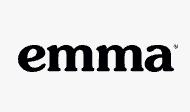Campaign Monitor vs Mailchimp
Hyperise integrates with 100's of sales and marketing tools, many of which are in the Email Marketing category. With so many to choose from it's sometimes hard to know which is best, but don't worry, we've got your covered.
In this comparison guide we're going to look at the Highlights, Pros, Cons and Pricing of Campaign Monitor and Mailchimp. We'll also delve into the details of which offers the best personalization options within Email Marketing, with there respective Hyperise integrations

Campaign Monitor
Pricing: Campaign Monitor's pricing varies depending on the features and number of subscribers you need. Generally speaking, the cost of using Campaign Monitor starts at $9 per month for up to 500 subscribers. For larger lists, prices range from $29 per month (for 2,500 subscribers) to $399 per month (for 100,000 subscribers). Higher-cost plans include additional features such as A/B testing and detailed reporting.
Vs
Campaign Monitor vs Mailchimp Highlights
Campaign Monitor and MailChimp are both popular email marketing services designed to help businesses manage and execute their email campaigns. Both services provide tools for automating email marketing tasks and creating effective campaigns, but there are some key differences between the two.
Campaign Monitor offers more comprehensive tracking of recipient engagement, meaning that users can gain insights into how effective their campaigns are performing. In contrast, MailChimp provides more intuitive and user-friendly user interfaces that make it easier for those with less technical knowledge to create complex campaigns. Additionally, users of Campaign Monitor can target their campaigns more effectively through segmentation tools, whereas MailChimp campaigns are largely sent en masse to their entire subscriber list.
Finally, Campaign Monitor is considered to be more cost effective for companies with larger subscriber lists and/or more frequent campaigns. MailChimp offers a free account option, but Campaign Monitors pricing model is more flexible and can offer a better deal when it comes to multiple campaigns.
Campaign Monitor vs Mailchimp Pros
Campaign Monitor Pros
- Campaign Monitor allows for more customized email targeting with segmentation, allowing for more personalized emails
- Campaign Monitor offers a better UX and design with its templates
- Campaign Monitor reports and analytics provide extensive information and insights into email campaigns
- Campaign Monitor offers better deliverability and protects users from subscribers who prefer to register with disposable emails
- Campaign Monitor offers competitive pricing with a pay-as-you-go payment model
- The Campaign Monitor API is easier to use than Mailchimps API
- Campaign Monitors open-ended automation allows for more creative chances to reach users with emails
- Campaign Monitor is more enterprise-oriented, offering better scalability and customization options
Mailchimp Pros
- Easy to Use: Mailchimp has user-friendly drag-and-drop features that make it simple to create emails.
- Extensive Template Library: Mailchimp offers over 100 templates to choose from to create beautiful campaigns.
- Automation Features: You can automate your emails with features such as sign-up forms and automated campaigns.
- Comprehensive Analysis: Mailchimp provides detailed reports on your campaigns and individual emails.
- More Affordable: Compared to Campaign Monitor, Mailchimp is more affordable for small businesses.
- Extensive Integrations: Mailchimp integrates with dozens of systems and services, including popular ecommerce platforms.
Campaign Monitor vs Mailchimp Cons
Campaign Monitor Cons
- Limited customization options for forms and design
- Expensive for those needing large volumes of emails
- Limited support for international currencies
- Lack of any real-time system for monitoring marketing campaigns
- Fewer automated features compared to Mailchimp
Mailchimp Cons
- Mailchimp is more expensive than Campaign Monitor
- Mailchimp's user interface is often considered to be more complex than Campaign Monitor
- Campaign Monitor offers more advanced segmentation capabilities, as well as customer targeting with location-based and other data
- Campaign Monitor's reporting functions are more comprehensive than Mailchimp's
- Mailchimp's A/B testing capabilities are limited compared to Campaign Monitor
Campaign Monitor & Mailchimp Hyperise Integrations
Campaign Monitor uses the HTML code embed method to integrate with Hyperise, giving a simple way to add personalized images to your messages.
Campaign Monitor makes the following data points available to Hyperise, to enable personalization in images used in outreach and linked out to your personalized website landing pages.
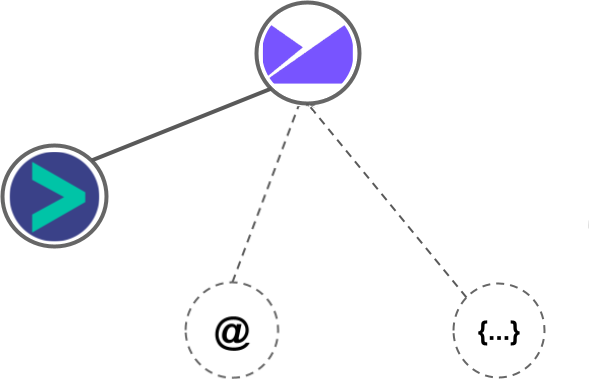
- Using business Email passed from Campaign Monitor, Hyperise is able to enrich business logo and website screenshots. In some cases, with a business Email we're also able to enrich profile images, subject to the business email having a publicly available profile.
Campaign Monitor Integration Guide
Mailchimp uses the HTML code embed method to integrate with Hyperise, giving a simple way to add personalized images to your messages.
Mailchimp makes the following data points available to Hyperise, to enable personalization in images used in outreach and linked out to your personalized website landing pages.
- Using business Email passed from Mailchimp, Hyperise is able to enrich business logo and website screenshots. In some cases, with a business Email we're also able to enrich profile images, subject to the business email having a publicly available profile.
Mailchimp Integration Guide
 vs
vs 


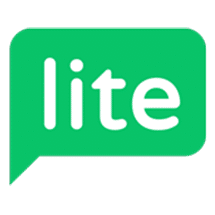

 vs
vs  vs
vs  vs
vs  vs
vs  vs
vs  vs
vs  vs
vs  vs
vs  vs
vs  vs
vs  vs
vs  vs
vs 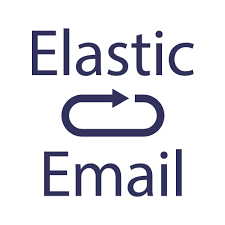 vs
vs 
 vs
vs  vs
vs 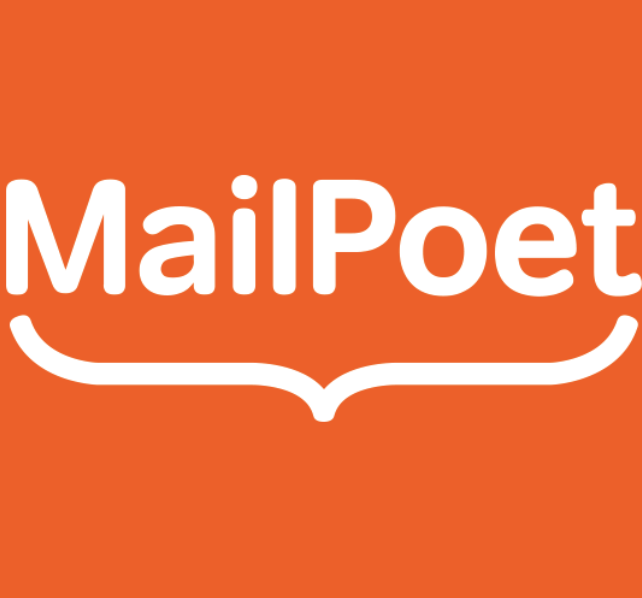 vs
vs  vs
vs  vs
vs  vs
vs 
 vs
vs 






 vs
vs  vs
vs 
